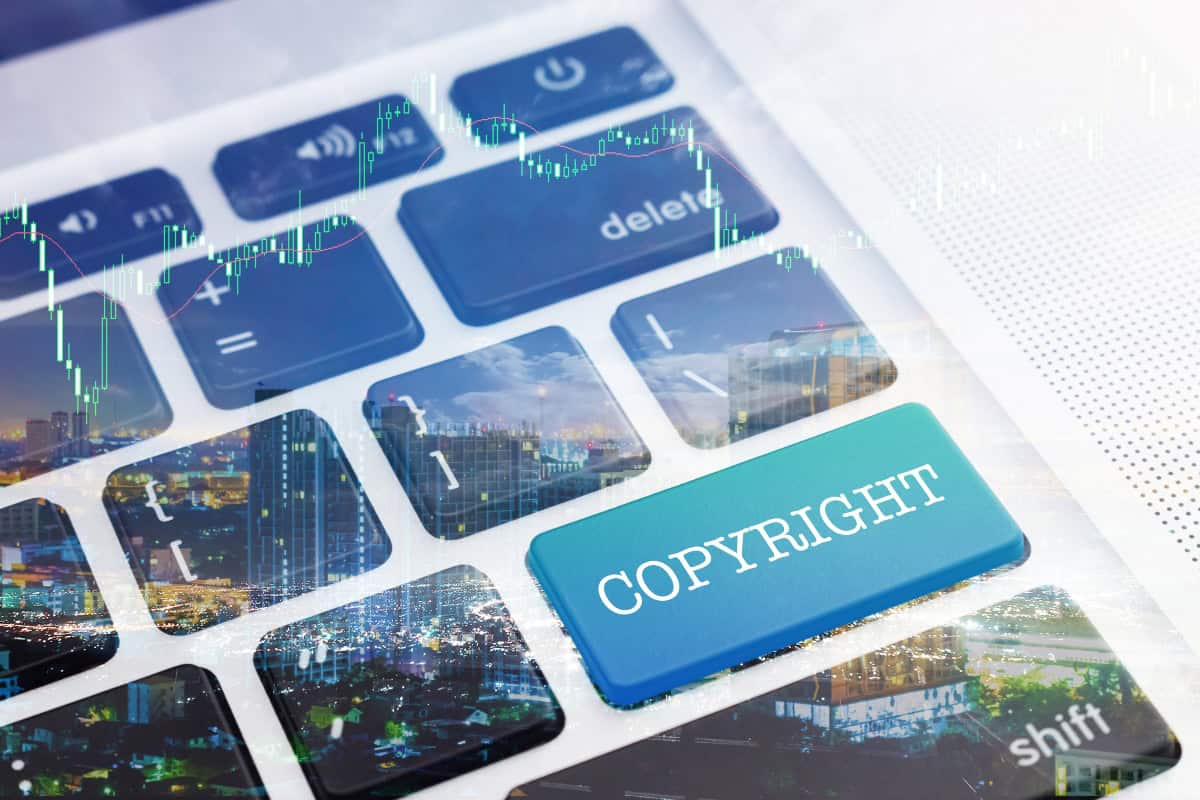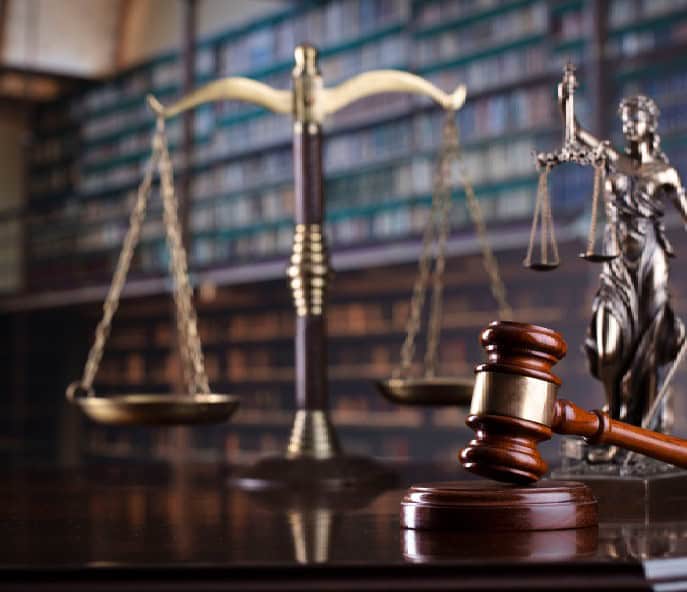Have you ever wanted to make a commercial for your business? Maybe even just a small video for a YouTube channel or images for online ads? Unless you hire full-on photography, videography, and graphic design teams, you may have to use and edit footage or images that you take online. You see people on YouTube, social media, and more do stuff like that all the time, so you think it’s okay. Then your content gets flagged, saying it is not what’s called ‘fair use.’
If this has happened to you, and you are unsure what it means, the intellectual property (IP) attorneys at Emerson Thomson Bennett can explain.
The History Behind “Fair Use”
In 1976, the United States Congress passed the Copyright Act. The aim was to protect authors and creators from other individuals and businesses profiting from their original works in multiple different ways. They did this by granting creators exclusive rights over their works. This enabled them to:
- Reproduce
- Distribute
- Display or perform the work publicly
- Create derivative works
When they created this act, they also established the concept that would later be known as “fair use.” This allows for certain limited uses of copyrighted materials without permission from the copyright holder.
What is Allowed Under the Copyright Act of 1976?
The Copyright Act of 1976 allows people to use parts of someone else’s work without asking for permission as long as they are advancing their knowledge or expressing themselves freely. This means that people can copy or take small portions of content for study and research purposes or quote small amounts of a text in commentary or criticism without violating U.S. copyright law.
Consider when you quote something in an essay or report. This would be considered fair use. Another example would be a review of a film using short clips or images from the film to put out examples of their criticisms or compliments.
How Do You Know If Your Content is “Fair Use?”
When judging whether or not your content abides by “fair use” laws, you have to consider whether or not it abides by these four accepted factors.
- The purpose and character of your use: Can you claim and prove that your use of someone else’s creative work is for scholarly or critical purposes?
- The nature of the copyrighted work: Is the work you’re re-purposing also content used for the same purpose that you mean to use it for? If you quote another essay in your essay, this may be akin to plagiarism rather than “fair use.”
- The amount and substantiality of the portion used in relation to the whole work: How much of the work you are referencing is going into your work? Your work should be made up of mostly your voice, not the work of others. The longer the piece, the more references you can use, but you should always be able to say that your work is mostly your own. Your work should also only ever include small portions of other works. Someone should not be able to interact with a large portion of another’s creative works through yours.
- The effect of the use upon potential markets: Can your work severely affect the success of the subject or your work because it contains its content? While your works are allowed to negatively affect the works used in your videos, they must be because of your criticisms. If it can be proven that your work contains enough of someone else’s work that they don’t have to compensate the original creator, you’re likely violating fair use.
No original creative work is the same, and neither is any adaption or creative use of work the same as another. For this reason, they must be evaluated on a case-by-case basis.
Why Would You Need an IP Protection Attorney?
When you’re creating intellectual property for your business, you must be aware someone is likely going to use it if it’s a quality creation. How they are used can affect your business and is something you need to prepare for. This means being on the lookout for IP infringement and challenging their claims of fair use.
But you also have to make sure you’re protecting your utilization of fair use. You’re likely going to use someone else’s work at some point in your business’s lifespan. Simply following the rules of fair use does not mean that the owner will not try to challenge your use.
In both situations, you need an attorney who knows what they’re doing to guide you through the precarious situation. The IP protection attorneys at Emerson Thomson Bennett have the experience and knowledge needed. Contact us today for help.





